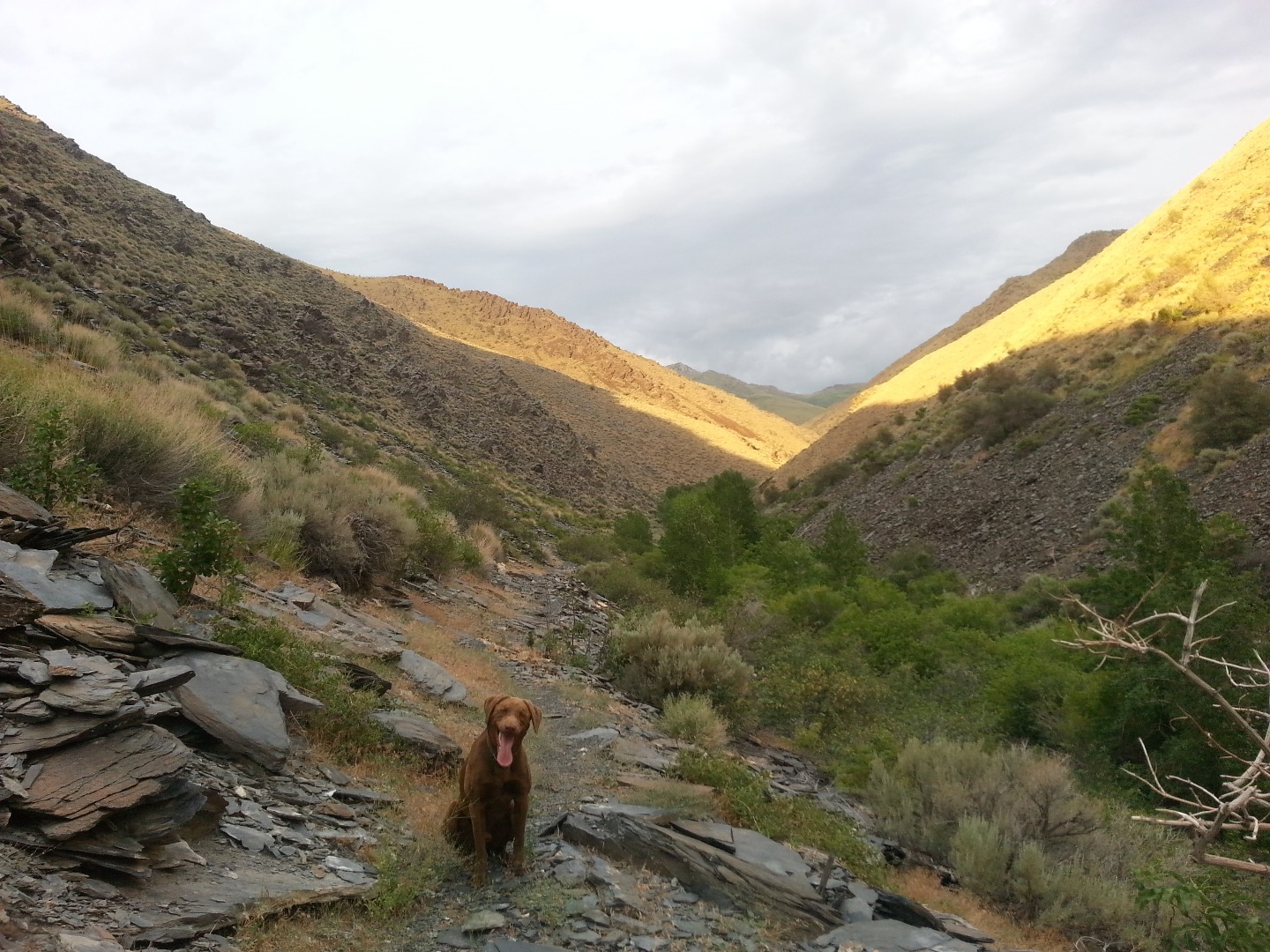Chukar Hunting Provides a Challenge on Public Lands
by Dan Ryan
1-27-2018
Website
With cold winds, icy roads and single-digit temperatures, most think of January in the high desert as a time to settle indoors in front of a warm fire. Nevertheless, there is a group of public land users who flock to the frigid hillsides during January. They are upland bird hunters, the most dedicated of whom pursue the chukar, a partridge little known outside of the Great Basin.
A chukar is larger than a quail, smaller than a pheasant and tough enough to inhabit the steepest, most rugged terrain that the high desert has to offer. Some hunters call these black-masked birds “devil birds” because they are so difficult to hunt. They prefer running to flying, but when in the air, their speed exploits even the best shooter’s weakness, making them seem “bulletproof.”
A chukar hunter is no slouch, either. Many see these men and women as “crazier than the birds they are chasing.” Most chukar hunters are slender and built like long-distance trail runners, the result of covering eight to 12 miles per day trudging over rocks and steep hillsides. It is common for chukar hunters to wear out a pair of boots within a season.
Then there are the dogs! Labradors, pointers, wirehairs, springers, setters and Brittany spaniels are just some of the diverse breeds used. Well-trained chukar dogs are worth their weight in gold to these hunters because they can flush out birds that camouflage themselves into the landscape perfectly hiding in the thickest brush and rock crevasses.
The sport sounds like abuse to most, but the hunters often refer to chukar as their favorite quarry to hunt. Even though most hunters only come home with a few birds, the challenge and the beautiful public lands bring them back season after season. Roasting up a couple delicious chukars for dinner while enjoying pictures and stories of past hunts make it all worthwhile.


